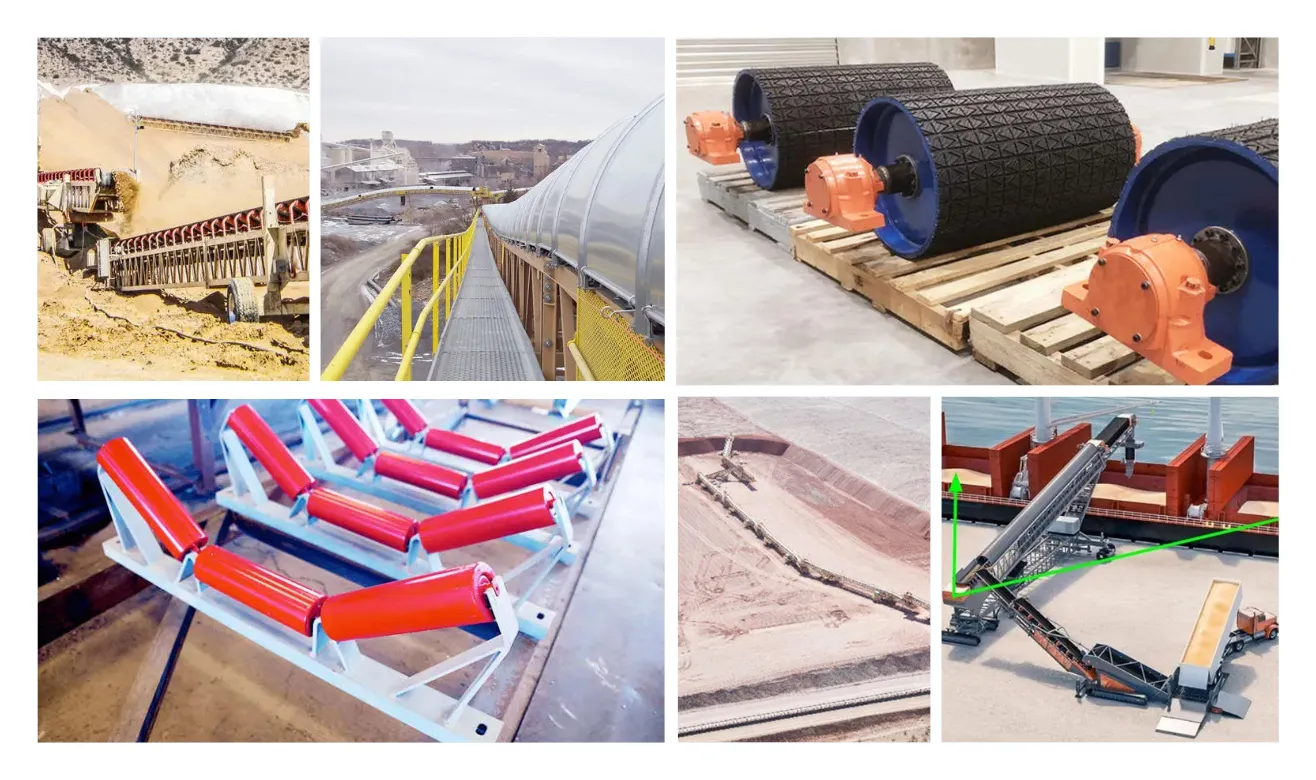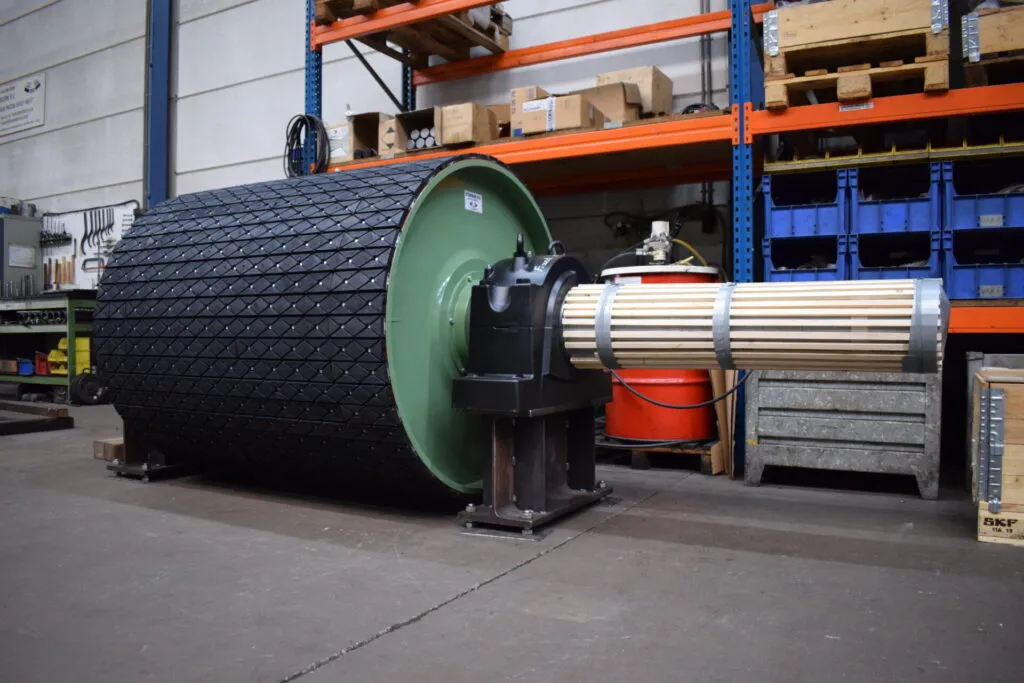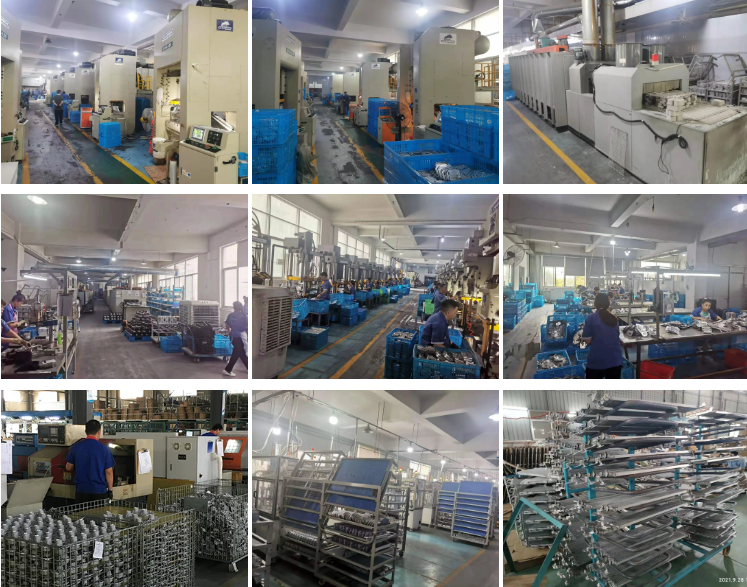Introduction to Snub Pulley for Belt Conveyor
Key Points:
- High-quality material
- Efficient performance
- Long-lasting durability
- Easy installation
- Wide application
Advantages of Snub Pulley:
- Enhanced belt tracking
- Reduced belt wear
- Improved efficiency
- Minimized maintenance
- Increased conveyor lifespan
Process of Compound Pulley:
1. Mold: The initial step involves creating a mold to shape the pulley.
2. Casting: Molten metal is poured into the mold to form the pulley shape.
3. Raw Materials: High-quality materials are used for durability and strength.
4. Production: The pulley is manufactured with precision and attention to detail.
5. Testing: Each pulley undergoes rigorous testing to ensure quality and performance.
6. Antirust Treatment: A special coating is applied to prevent rust and corrosion.
7. Seperate Inspection: Each pulley is individually inspected for quality control.
8. Marking: The pulley is marked with necessary information for identification.

What are the differences between bend pulley and snub pulley?

- Functionality
- Positioning on the conveyor
- Impact on belt tension
- Design and construction
- Effect on belt tracking
- Application in conveyor systems
- Overall contribution to conveyor performance

What is the use of snub pulley in belt conveyor?
- Adjusting belt tension
- Improving belt tracking
- Reducing belt slippage
- Enhancing conveyor efficiency
- Increasing conveyor lifespan
About HZPT
At HZPT, we are dedicated to providing high-quality transmission components since our establishment in 2006. Based in Hangzhou, we specialize in producing a variety of precision products to meet your specific requirements. Our strong production capabilities and esteemed clients in Europe and America attest to our commitment to top-notch service, superior product quality, and competitive pricing.
